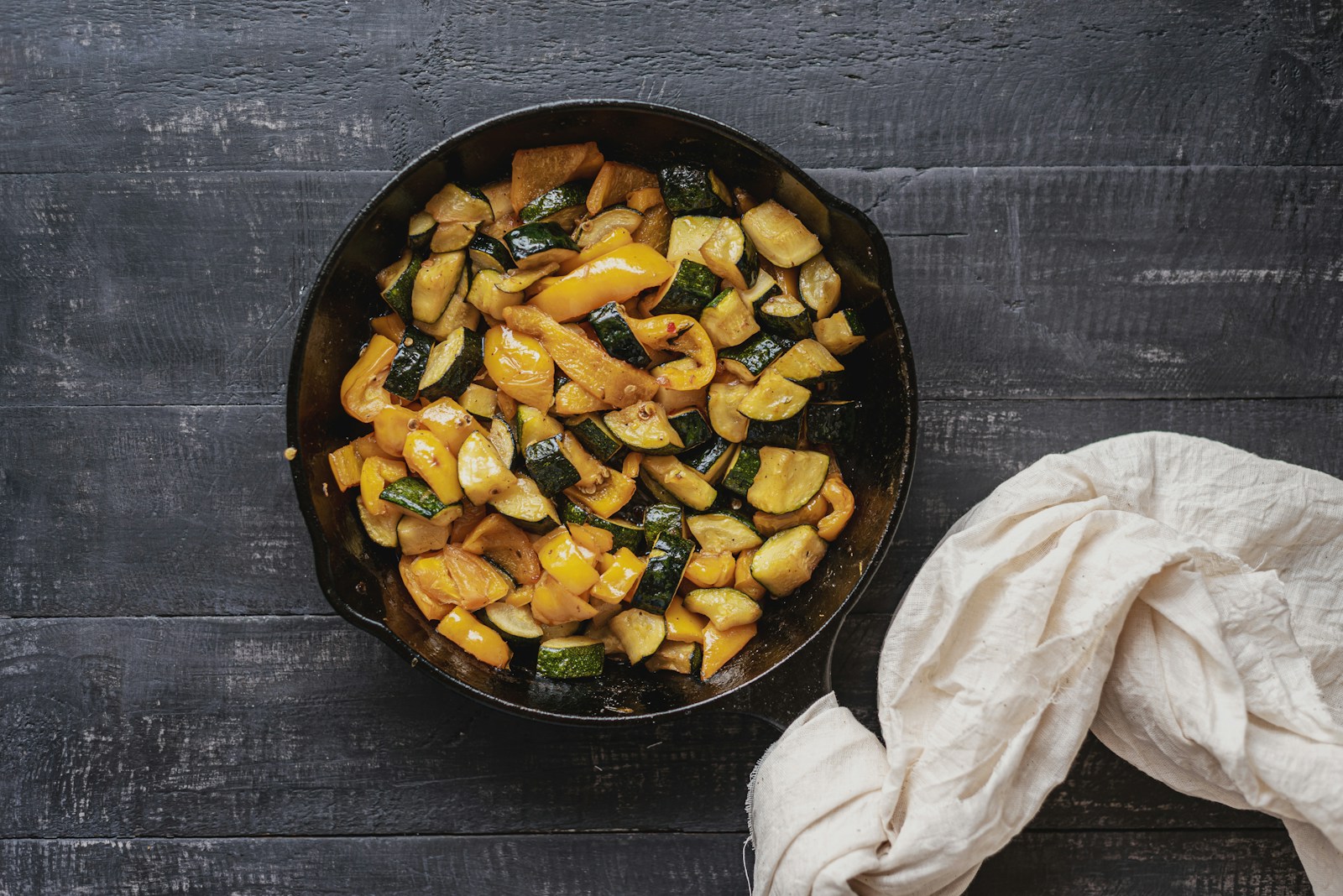Tips for Seasoning Cast Iron Like a Pro
Cast iron cookware is a beloved staple in many kitchens, known for its durability and excellent heat retention. However, to truly unlock its potential, proper seasoning is essential. Seasoning not only creates a non-stick surface but also protects the pan from rust and enhances the flavor of your food. Here are some expert tips to help you season your cast iron like a pro.

Understanding the Basics of Seasoning
Seasoning is the process of applying a layer of oil to the surface of cast iron and heating it to create a natural non-stick coating. This process involves polymerization, where the oil transforms into a hard, protective layer. The key to successful seasoning lies in the type of oil used, the application method, and the heating process.
Choosing the Right Oil
Not all oils are created equal when it comes to seasoning cast iron. Here are some popular options:
- Flaxseed Oil: Known for its high smoke point and ability to create a hard finish, flaxseed oil is a favorite among cast iron enthusiasts. However, it can be more expensive and may not be readily available in all stores.
- Canola Oil: This is a more affordable option with a high smoke point, making it suitable for seasoning. It’s widely available and works well for most home cooks.
- Grapeseed Oil: Another excellent choice, grapeseed oil has a high smoke point and a neutral flavor, making it ideal for seasoning.
- Vegetable Oil: Commonly used and easy to find, vegetable oil is a practical choice for many home cooks, though it may not create as durable a finish as flaxseed or grapeseed oil.
Preparing Your Cast Iron
Before seasoning, it’s crucial to prepare your cast iron cookware properly. Here’s how to do it:
- Clean the Pan: If your cast iron is new or has old seasoning, start by cleaning it thoroughly. Use hot water and a stiff brush to remove any debris. For stubborn rust or old seasoning, you may need to use a mild abrasive like salt or a specialized cast iron cleaner.
- Dry Completely: After cleaning, dry the pan completely. You can place it on a low heat on the stove for a few minutes to ensure all moisture evaporates. This step is vital to prevent rusting.
- Apply Oil: Once the pan is dry, apply a thin layer of your chosen oil. Use a paper towel or cloth to spread the oil evenly over the entire surface, including the handle and the bottom. Be careful not to use too much oil, as this can lead to a sticky finish.
The Seasoning Process
Now that your pan is prepared, it’s time to season it. Follow these steps for the best results:
- Preheat Your Oven: Set your oven to 450°F (232°C). This high temperature is essential for the oil to polymerize effectively.
- Bake the Pan Upside Down: Place the cast iron skillet upside down on the middle rack of the oven. This prevents excess oil from pooling in the bottom of the pan. To catch any drips, place a baking sheet or aluminum foil on the rack below.
- Bake for an Hour: Allow the pan to bake for about an hour. This duration is crucial for the oil to bond with the cast iron and create a durable layer.
- Cool Down: After an hour, turn off the oven and let the pan cool inside. This gradual cooling process helps to set the seasoning.
Repeating the Process
For optimal results, consider repeating the seasoning process two to three times. Each layer builds upon the last, creating a stronger, more effective non-stick surface.
Maintenance Tips
Once your cast iron is seasoned, maintaining it is key to its longevity. Here are some tips to keep your cookware in top shape:
- Avoid Soap: While it’s okay to use a small amount of soap occasionally, it’s best to avoid it for regular cleaning. Instead, use hot water and a brush or sponge to clean your pan.
- Dry Immediately: After washing, dry your cast iron immediately to prevent rust. You can also apply a light coat of oil after drying to maintain the seasoning.
- Store Properly: Store your cast iron in a dry place. If stacking with other cookware, place a paper towel between the pans to absorb moisture.
Conclusion
Seasoning cast iron cookware is an art that, when done correctly, can enhance your cooking experience. By choosing the right oil, preparing your pan properly, and following the seasoning process, you can achieve a professional-level finish. With a little care and maintenance, your cast iron will serve you well for years to come, providing delicious meals and a unique cooking experience.
Leave a Reply